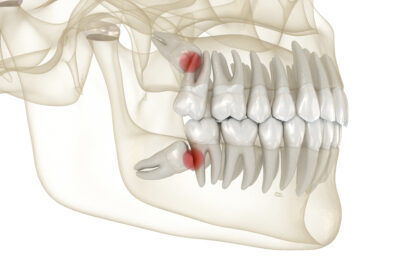Jawbone deterioration is nothing to take lightly – it’s one of the worst consequences of lost teeth. Without the proper stimulation from the root of your tooth, it’s inevitable that you’ll begin to lose bone density and shape over time. Fortunately, it doesn’t have to be this way – bone grafting has made it possible to rebuild and strengthen jaw structure. Your dentist is able to use different sources (depending on what they believe will work best for you personally) such as; your own bone or synthetic materials. Not only can bone grafting benefit your jawbone, but it can also provide more stability for your replacement tooth (or teeth).
How Bone Grafts Work
An oral surgery procedure like bone grafting will vary entirely from patient to patient because no two mouths are the same. Your dentist will approach the procedure differently depending on the area where your bone has deteriorated. Once the graft has been placed, it actually acts as a platform for your natural bone to grow over. Eventually, your natural bone will be all that’s left, and won’t need the graft anymore. Don’t worry, your body is able to absorb any synthetic materials that were used to help guide the regrowth.
Restoring Your Lost Tooth
Bone grafts can widen your options for replacing your tooth. Dental implants have become a leading restoration option, but they do require adequate bone density for proper placement. If your jawbone has already begun to deteriorate, your dentist may recommend a bone graft prior to placing your dental implants. Once these new teeth are placed, however, they’ll fuse directly with your bone to promote healthy growth just as your natural tooth did previously.














